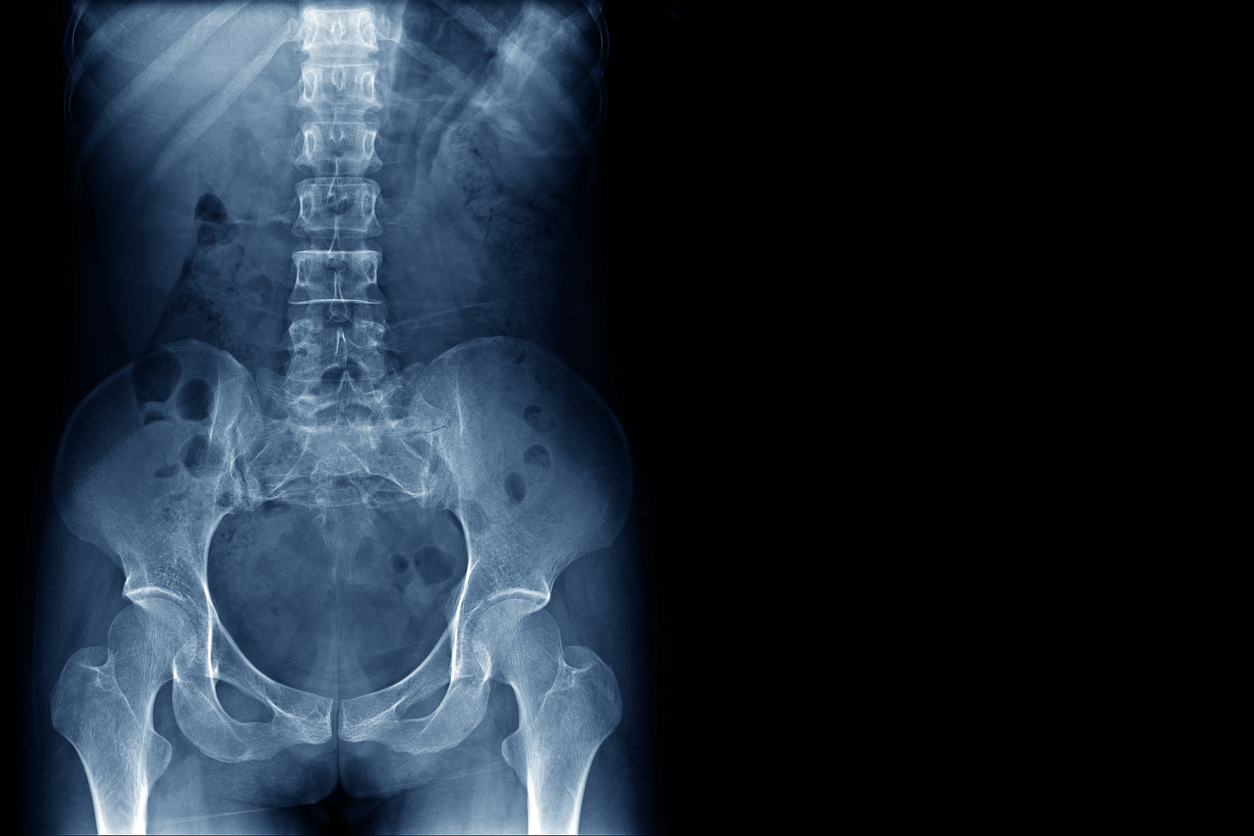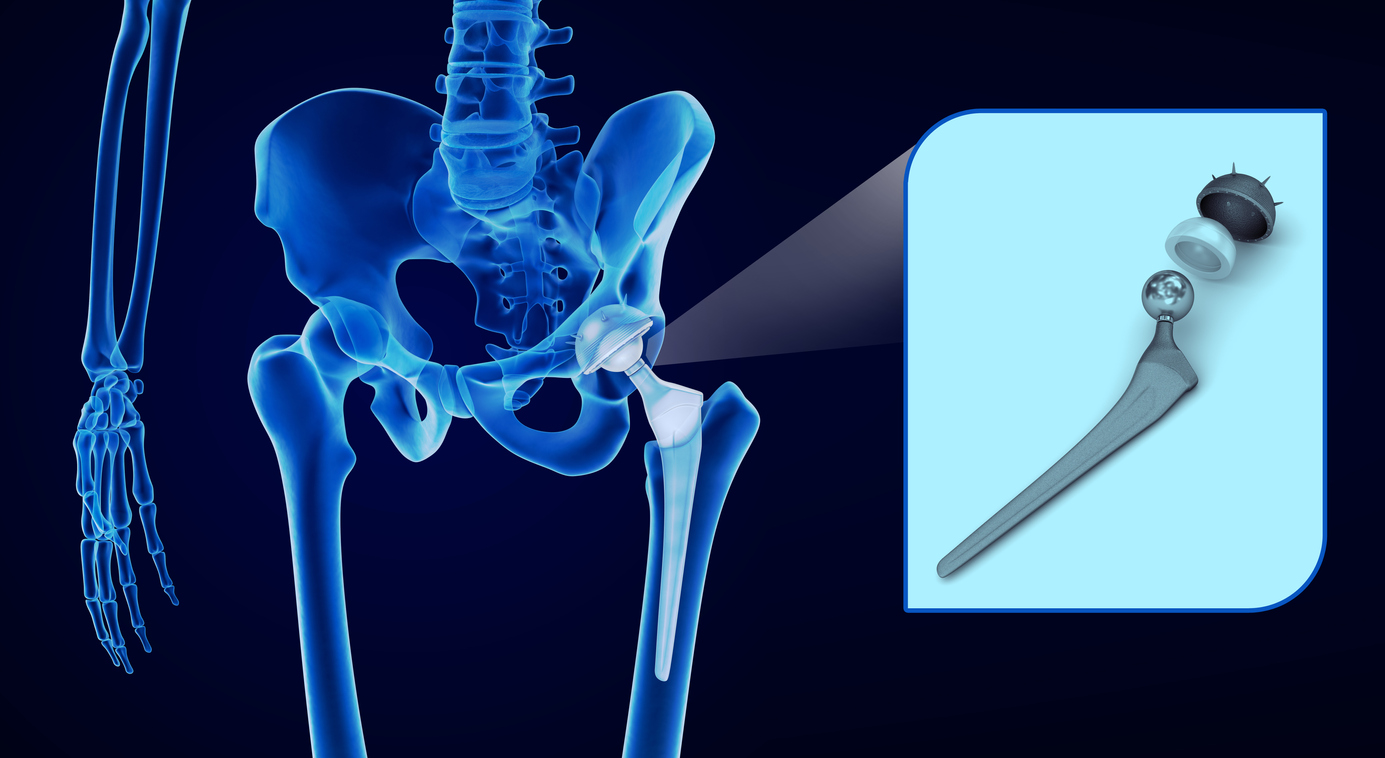Treatments
Types of Spinal Fusion Surgeries

What is spinal fusion?
Spinal fusion is a surgical procedure that involves connecting two or more vertebrae together to reduce pain, improve stability, or correct deformity. During a spinal fusion, a bone graft or bone-like material is placed between two vertebrae to create one solid structure. Rods, metal plates, and screws are used to hold the vertebrae in place as they fuse together.
A spinal fusion may be recommend for the following reasons:
- To relieve or reduce pain caused by damaged intervertebral discs or facet joints
- To stabilize the spine for conditions such as symptomatic spondylolisthesis or severe arthritis of the spine
- To reshape the spine for conditions such as scoliosis
Types, approaches, and techniques of spinal fusion
Cervical (neck) spinal fusion and lumbar (lower back) spinal fusion are the two main categories of spinal fusion surgery. There are several surgical approaches and techniques within each type. Surgical approach and technique are dependent on the specific location of the vertebrae and the severity and cause of the medical condition. They are decided on a case-by-case basis.
Cervical spinal fusion
Cervical spinal fusion involves fusing two or more vertebrae in the neck (cervical spine). Surgery can be performed through the front (anterior) of the neck or through the back (posterior) of the neck.
- Anterior cervical spinal fusion
Also known as anterior cervical discectomy and fusion (ACDF), anterior cervical spinal fusion involves accessing the vertebrae through the front of the neck to perform spinal fusion. - Posterior cervical spinal fusion
Posterior cervical spinal fusion involves accessing the vertebrae through the back of the neck to perform spinal fusion.
Lumbar spinal fusion
Lumbar spinal fusion involves fusing two or more vertebrae in the lower back (lumbar spine). A surgeon can gain access to the area through the abdomen (anterior), through the back (posterior), or through the side of the waist (lateral).
Anterior lumbar fusions
A variety of incisions and approaches are used for different types of anterior lumbar fusions.
- Anterior lumbar interbody fusion (ALIF)
ALIF involves a surgeon gaining access to the vertebrae through the abdomen. - Oblique lateral interbody fusion (OLIF)
OLIF is considered a minimally invasive type of lumbar fusion. Access to the spine is gained through both the front and side of the body. - Lateral lumbar interbody fusion (LLIF)
LLIF is considered a minimally invasive surgery. A surgeon accesses the spine through the waist, avoiding the abdominal cavity and larger vessels.
Posterior lumbar fusions
Posterior lumbar fusions involve accessing the vertebrae through the back.
- Posterior lumbar interbody fusion (PLIF)
Posterior lumbar interbody fusion involves accessing the spine through the back. A surgeon removes the damaged spinal disc between two vertebrae and replaces it with a cage made of synthetic material or a bone graft. The bone then grows between these two segments and prevents movement that was causing pain and/or weakness. - Transforaminal lumbar interbody fusion (TLIF)
TLIF involves the fusing of both the front and back columns of the spine using a bone graft, interbody spacers, screws, and rods. Vertebrae then fuse into a longer bone. - Minimally invasive TLIF (MI-TLIF)
Transforaminal lumbar interbody fusion can also be done with minimally invasive techniques. This procedure offers similar results to TLIF but involves less blood loss, shorter recovery time, and less need for pain medications and blood transfusions.
















